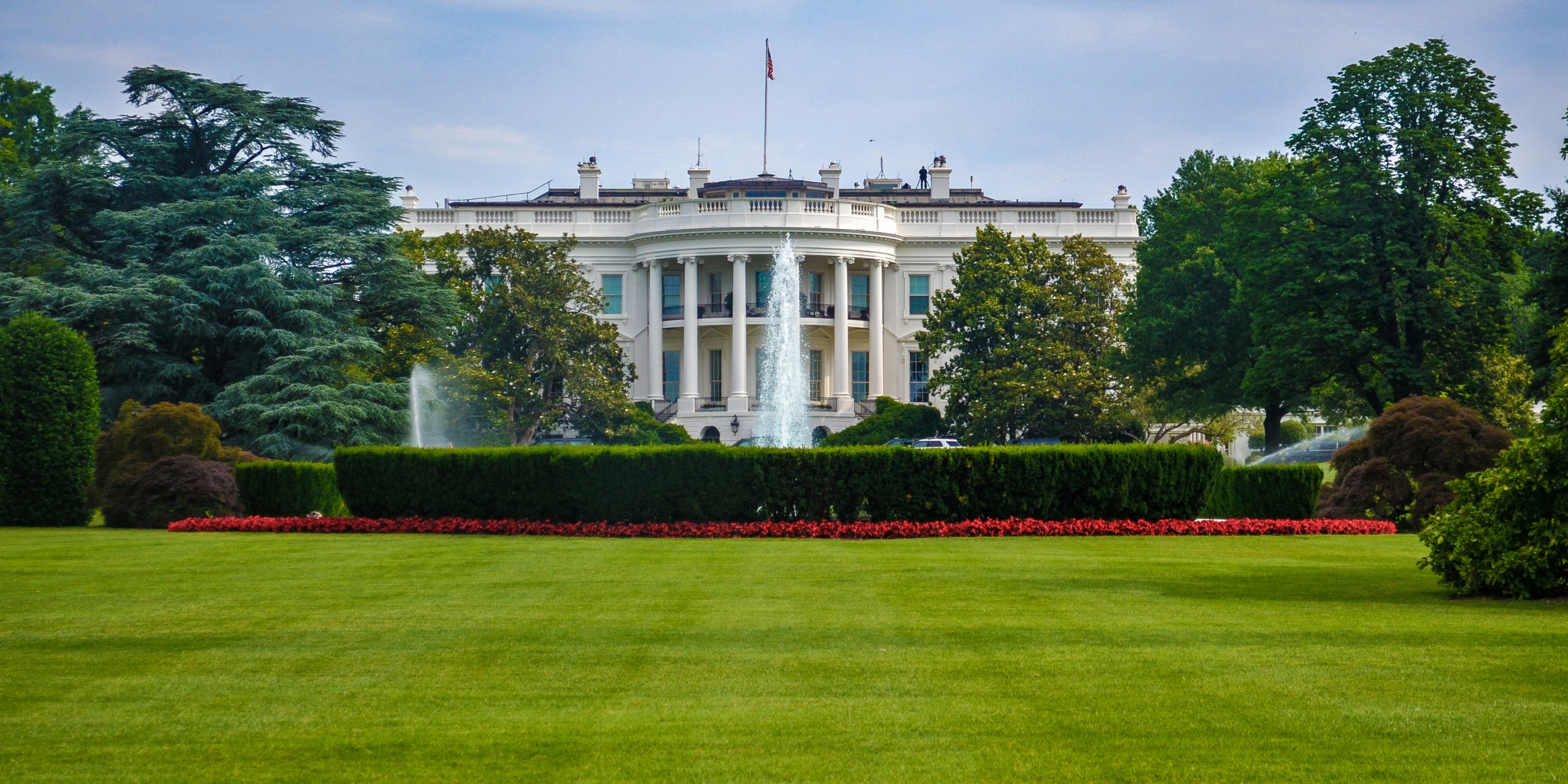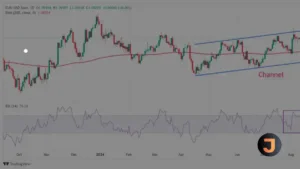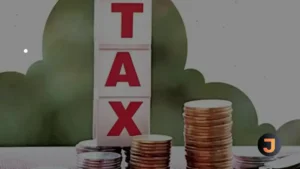Addressing Economic Devastation: A Shift Toward Tax Fairness
In the wake of the pandemic’s economic devastation, the U.S. has witnessed a remarkable economic recovery. The President’s administration has navigated the country through a period of significant unemployment and inflation to a state where the labor market is thriving, and the middle class is experiencing real gains in purchasing power and wealth. This resurgence is evident in cities like Allentown and Racine, where small business creation and employment numbers are reaching new heights.
As the nation moves forward, a pivotal economic policy decision looms: whether to revert to the Republicans’ trickle-down approach or continue with the President’s strategy to grow the economy inclusively. The upcoming expiration of the 2017 tax package brings tax fairness to the forefront of this debate.
The President’s commitment to tax fairness aims to create an equitable economy for all Americans, emphasizing growth that is widely shared. This includes maintaining a pledge not to increase taxes for individuals earning less than $400,000 and proposing further tax cuts for workers and families, funded by higher contributions from corporations and the wealthiest citizens.
This week, the Congressional Budget Office (CBO) highlighted that extending the previous administration’s tax package would add nearly $5 trillion to the national debt over ten years, mainly benefiting high-income taxpayers. The data underscores the need to end tax breaks for the wealthy and reevaluate permanent corporate tax concessions.
Republican tax plans are criticized for exacerbating fiscal inequality and threatening the nation’s fiscal health. They aim to perpetuate tax cuts for the affluent, reduce capital gains taxes, eliminate estate taxes for the wealthiest 0.1%, and propose additional corporate tax reductions. These measures are seen as regressive and likely to increase the national debt without delivering promised economic benefits.
Conversely, the President’s approach focuses on fairness, with tax cuts aimed at supporting working- and middle-class families while ensuring that high earners contribute their fair share. This approach includes expanding premium tax credits for health insurance and restoring the Child Tax Credit expansion, which significantly reduced child poverty in 2021.
The President also emphasizes fiscal responsibility, corporate accountability, and a robust IRS capable of addressing tax evasion. Additionally, he supports international cooperation to prevent a downward spiral in corporate tax rates, which would benefit large multinational corporations.
As the nation approaches critical tax discussions in 2025, the President advocates for a fairer tax system that prioritizes middle-class relief and asks for greater contributions from the ultra-wealthy and large corporations. This stance starkly contrasts with Republican policies favoring wealthier demographics.






